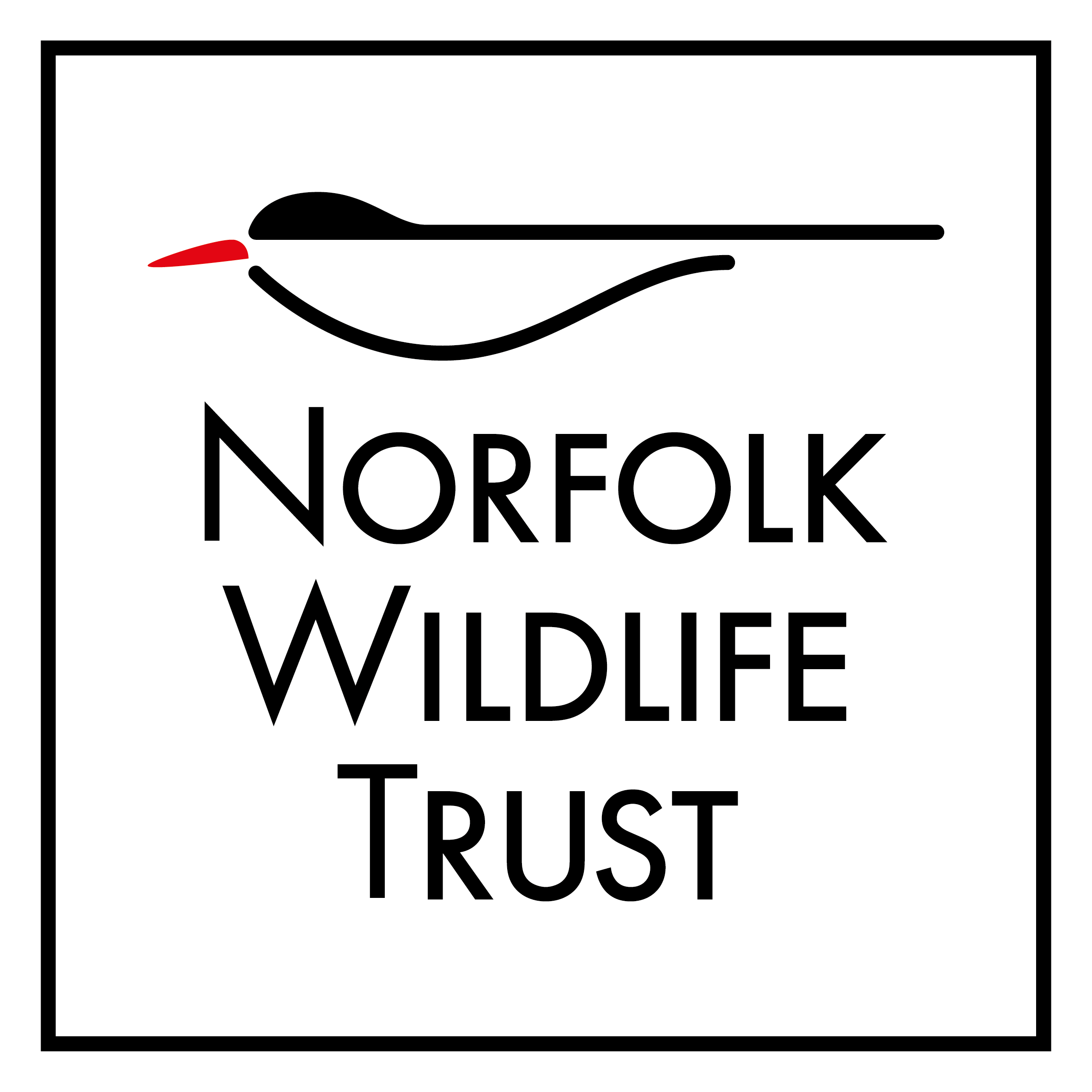
Turtle dove (credit: Dawn Monrose)
Species Recovery Framework
Our Species Recovery Framework helps guide how Norfolk Wildlife Trust supports our county’s key species and directs our efforts to monitor and assess the impacts of our work for wildlife, especially in the countryside and towns outside of our nature reserves.
The Framework includes criteria that inform how we select the species we will focus our efforts on through our nature recovery projects, research, public engagement and fundraising.
Through our species recovery work:
- We support and deliver measures to build populations of our target species up to genetically viable levels.
- We deliver habitat management, creation or restoration projects that benefit key species both on our nature reserves and though working with partners, land managers, County Wildlife Site owners and communities.
- We encourage land managers and communities to develop ownership of projects and galvanise local groups to adopt their sites where possible.
- Where fragmented habitats do not allow natural migration, we look to create new populations, with the aim of linking vulnerable and isolated communities and establishing networks of healthy functioning communities of animals or plants.
- We intervene at critical sites, where necessary or possible, including through the planning and development processes.
- We design engagement programmes that are strongly connected to our work for individual species. These include citizen science or recording that has the potential to make a meaningful difference to the species’ future.
- We support and initiate the training of a new generation of wildlife enthusiasts to: ensure we never lose touch with the natural world around us; continue the vital work of decades of natural history recorders; measure the impacts of nature recovery initiatives.
- We focus our campaigns and fundraising appeals on key Norfolk species and help increase an understanding and awareness of our work, and of the measures needed for individual species.
- Where relevant to Norfolk, we actively support national Wildlife Trust campaigns aimed at raising the status of rare species in the hearts and minds of the public, the media and politicians.
- We include key species in our science, data and evidence programmes, ensuring that our efforts are informed by science and identifying where they offer opportunities for further research.
- We seek expert advice, collaborate on or initiate research projects, monitor our impacts and embrace current thinking.
Where species populations have reached near-critical levels, captive bred specimens (under licence) may be reintroduced. Reintroductions and other releases are carried out or supported according to NWT policies, Natural England licensing and in accordance with current best practice (e.g. the IUCN guidelines).
Criteria for selecting NWT’s focus species:
- National Conservation Priority: Species is a national priority or is listed as rare, scare, endangered, near-threatened, extinct, declining or under recorded.
- Norfolk Conservation priority: Species is iconic, native, threatened - a priority in our Local Nature Recovery Strategy - or a future climate change migrant.
- Landscape scale conservation potential: Conservation can be delivered at a landscape scale or contributes to ecosystem recovery at scale through its conservation.
- NWT Nature Conservation Priority: Species connects to current or potential species or habitat recovery work led by NWT’s Nature Conservation team.
- NWT Nature Recovery Priority: Species connects to priority area or theme of NWT’s Nature Recovery programmes.
- NWT Engagement Priority: Species offers opportunities for public engagement work.
- National Wildlife Trust movement priority: Species connects to a national TWT campaign.
- Public connection: Species is relatable, people can connect with it and take action.
- Impact opportunity: Recovery work for the species is not currently led by external partner.
- Deliverability: Meaningful conservation action can be delivered, and relevant research exists.



